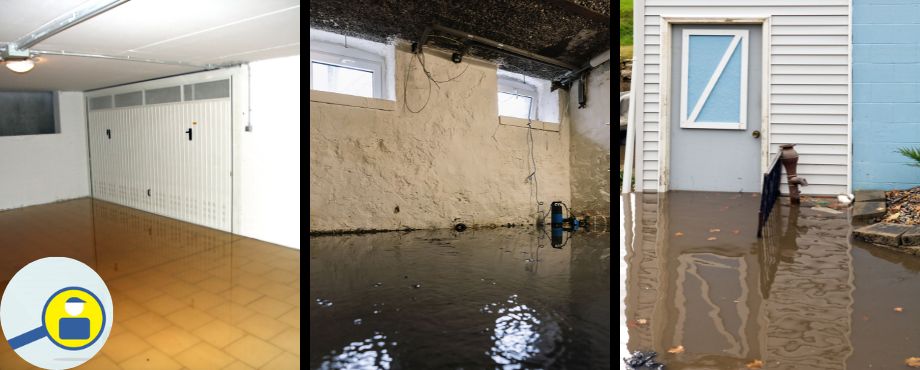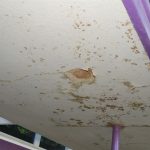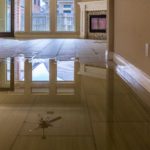Water damage is a silent threat that can wreak havoc on your home and health if left unchecked. From insidious mold growth to severe structural damage, the consequences of water damage can be devastating. As a homeowner, it is crucial to be aware of the risks associated with water damage and take proactive measures to protect your property and loved ones. This comprehensive guide aims to shed light on the hidden dangers of water damage, provide valuable insights into its potential consequences, and offer essential tips on detecting early signs and seeking professional restoration services promptly.
1. The Silent Menace: Understanding Water Damage
a. Causes of Water Damage:
- Natural disasters (floods, storms, hurricanes)
- Plumbing issues (leaky pipes, burst pipes)
- Roof leaks and faulty gutters
- Poor ventilation and condensation
- Appliance malfunctions (washing machines, dishwashers)
b. Types of Water Damage:
- Clean water damage (Category 1)
- Grey water damage (Category 2)
- Black water damage (Category 3)
2. Mold Growth: A Dangerous Consequence
a. Understanding Mold:
- Health hazards associated with mold exposure
- Common types of household molds
- Conditions that promote mold growth
b. The Link between Water Damage and Mold:
- How water damage creates an environment for mold growth
- Identifying mold-prone areas in your home
c. Health Risks of Mold Exposure:
- Respiratory issues
- Allergic reactions
- Skin irritation
- Other potential health problems
3. Structural Damage: Threats to Your Home’s Integrity
a. Weakening Foundations and Frameworks:
- The long-term impact of water damage on the structural integrity
- Risks of rot, decay, and deterioration
b. Damaged Drywall and Ceilings:
- Telltale signs of water damage on walls and ceilings
- Importance of addressing water stains promptly
c. Flooring and Subflooring Concerns:
- Warping, buckling, and discoloration
- Avoiding irreversible damage through early detection
4. Health Hazards and Contamination
a. Bacterial Contamination:
- Health risks associated with exposure to contaminated water
- Preventive measures for avoiding contamination
b. Electrical Hazards:
- The danger of water seeping into electrical systems
- Safety precautions when dealing with water-damaged electricals
5. Detecting Water Damage: Early Signs and Red Flags
a. Visual Clues:
- Stains, discoloration, and peeling paint
- Waterlogged materials and bubbling surfaces
b. Musty Odors:
- Recognizing the distinct smell of mold growth
c. Unexplained Allergies and Health Issues:
- The connection between water damage and health problems
6. The Importance of Prompt Water Damage Restoration
a. DIY vs. Professional Restoration:
- Limitations of DIY approaches
- Advantages of hiring professionals for water damage restoration
b. Mitigating the Damage:
- Quick action for minimizing the impact of water damage
- The role of restoration experts in the process
c. Restoration Techniques and Equipment:
- Drying, dehumidification, and mold remediation
- State-of-the-art equipment used in water damage restoration
Water damage is not merely an inconvenience; it poses significant risks to your home and health. Understanding the dangers of water damage, including mold growth, structural damage, and health hazards, empowers homeowners to take preventive measures and address the issue promptly. By staying vigilant, detecting early signs, and seeking professional water damage restoration services when needed, homeowners can safeguard their properties and ensure the well-being of their families.
Remember, prevention is the key to protecting your home from the hidden dangers of water damage.





